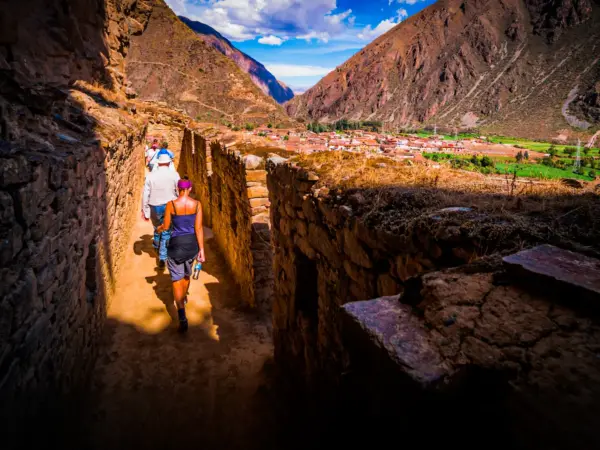INCA TRAIL
Inca Trail tours are exciting adventures that allow travelers to explore the majesty of the Peruvian Andes and discover the rich cultural heritage of the Inca civilization. Inca Trail tours offer an unforgettable experience that combines physical challenge, the natural beauty of the Andes and immersion in Inca history and culture, culminating in the wonder of Machu Picchu. Advance reservations are recommended due to high demand and access limitations.
Showing 1–9 of 11 results
-
SHORT INCA TRAIL
$ 550.00 USD -
INCA TRAIL ONE DAY HIKE
$ 525.00 USD -
2-DAY INCA TRAIL WITH CAMPING
$ 620.00 USD -
INCA TRAIL TOUR 3 DAY
$ 500.00 USD -
SHORT INCA TRAIL & SACRED VALLEY 3 DAYS
$ 570.00 USD -
CLASSIC INCA TRAIL TO MACHU PICCHU
$ 795.00 USD -
LUXURY INCA TRAIL 5 DAY
$ 950.00 USD -
INCA TRAIL AND RAINBOW MOUNTAIN 5 DAYS
$ 825.00 USD -
10-DAY PERU ITINERARY: LIMA, NAZCA, INCA TRAIL AND MACHU PICCHU
$ 1,450.00 USD









